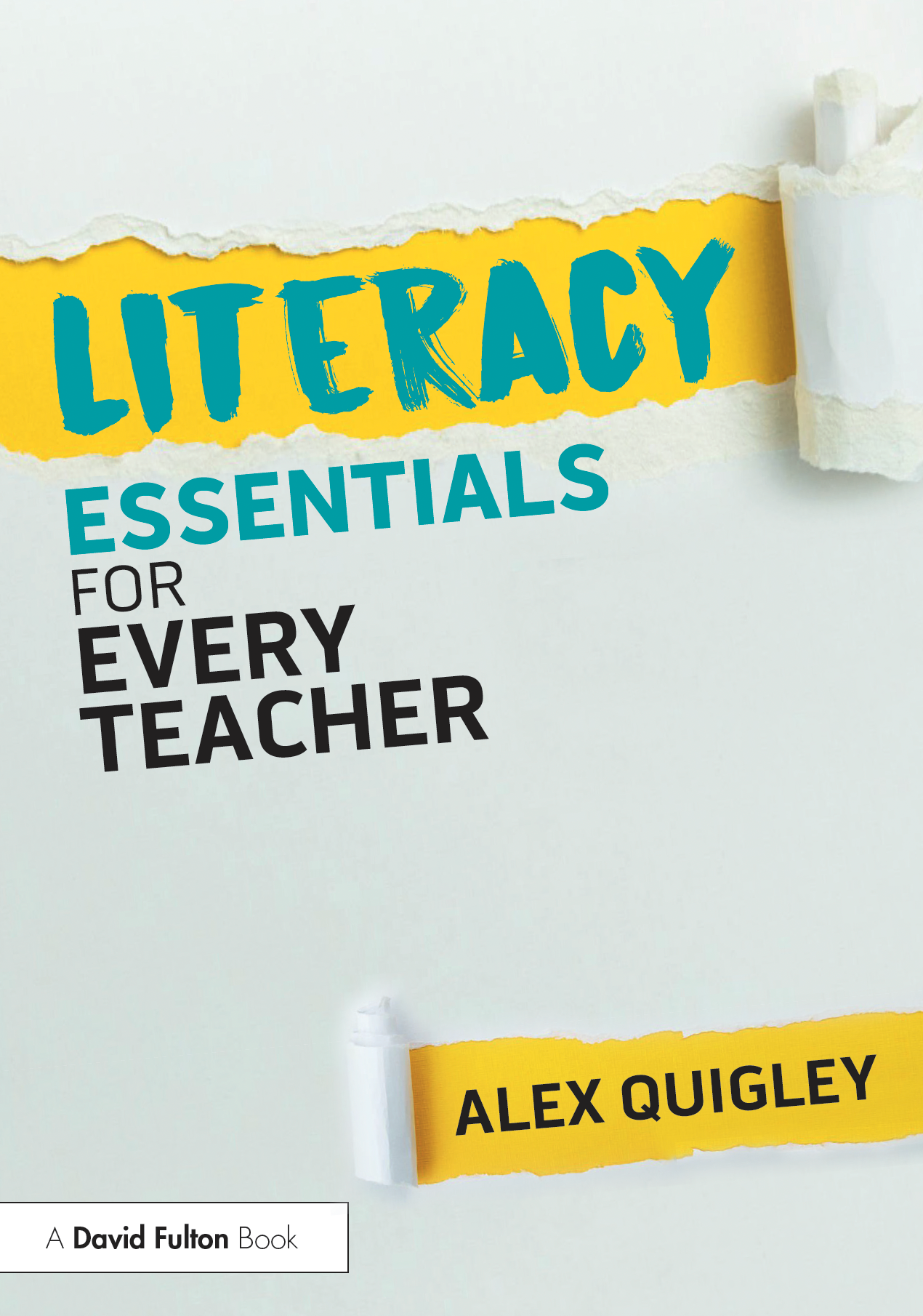Etymology (noun)
The study of the origin of words and the way in which their meanings have changed throughout history.
Etymology is often often considered the preserve of the English teacher. I would argue that it is a goldmine of an opportunity (too often missed) for teachers of every subject discipline. The stories that underpin our language can often illuminate the ideas and meanings we seek to communicate. Like a well chosen metaphor, they can make concrete an idea or a concept. This is not a token nod to literacy across the curriculum, but a recognition that a deep understanding of language is essential to a deep understanding of every subject disciple.
If you think etymology is dull and the dusty preserve of linguistic academics, or weather-worn English teachers, then think again. Etymology can excite and inspire. Take a look at this article on ‘The Dirty Etymology of Nine Everyday Words’ here. We learn that vanilla derives from the latin roots of vagina. I was not told that in my Food Technology class! The opportunities for memorable learning are legion, and, thankfully, not always sexually graphic.
For English teachers, I consider that etymology is a threshold concept, alongside its linguistic brother morphology (morphology being the study of forms of words, including prefixes, root words and suffixes etc.). They help students not only better understand ideas, but also help them to grasp the often tricky rationale for many spelling patterns in the Entlish language. Etymology is less of a focus throughout schooling, though its benefits can be significant in terms of knowledge development. Students are taught common patterns of suffixes and more in Primary School. Students recognise patterns like the prefix ‘un‘, which instantly indicates a negation, a reversal, a removal or a deprivation. These patterns become implicit in our understanding of language. As David Didau sagely labels his book on literacy, it is about “making the implicit explicit”. A conscious reflection on etymology and related morphological patterns can help every teacher with making their subject knowledge memorable.
Of course, a sound grasp of etymology, breaking down the component parts of the word, can help our students with spelling. Have a look at this video that illuminates the etymology of ‘one’, with all the related meanings and the family of words and their often variant spellings. Ever wondered how and why we spell ‘onion’ for instance and why it relates closely to the word ‘one’?
Have you ever been foxed by the random ‘b’ in ‘doubt’? Give this excellent video a look:
Understanding the roots and parts of words not only help with spelling in every subject area, but they also illuminate meaning. Let’s use science as an example. Take the word ‘symbiosis‘ from Biology. It means ‘union for life of two different organisms based on mutually benefit’. Deriving from the Greek, meaning simply ‘living together’, you can break the word down further. ‘Bio’ famously has the meaning ‘life‘ – hence ‘biology’ – with the prefix ‘sym‘, which is an altered version of the Greek ‘syn’ meaning, ‘with, together with, along with, in the company of‘. Think of ‘symmetry‘ – when things go along together in proportion, or ‘sympathy’, when your emotions become enmeshed together with another.
These small stories and families of words become mental velcro upon which we can hang our understanding. The more patterns of language we can identify and understand, the greater our capacity to learn and understand more new words. Dan Willingham, respected cognitive psychologist, said that stories were “psychologically privileged in the human mind“. This instinctive truth guides us towards using these etymological gems in our explanations whatever the subject matter we want students to learn and remember.
If you are a Science teacher, or a Geography teacher, and you sit in a department meeting and you find yourself bemoaning our students’ lack of understanding, or their inability to spell the crucial vocabulary of your subject, then take the time to get to the root of the problem. Help students get to the roots of the words.






Comments